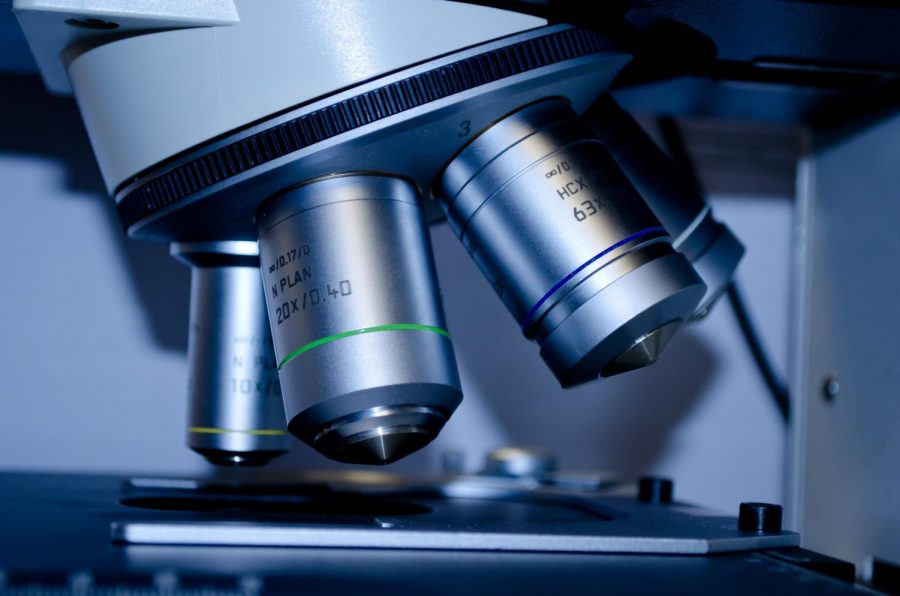A New Way of Deciphering Gene Functions
It has been 16 years since the Human Genome Project was completed. At the time, the project was considered a radical new idea in healthcare. The hope was that a person’s genetic makeup would show their risk of getting diseases. From this, doctors would be able to create an appropriate treatment plan for those diseases. However, in reality, it is far more complicated.
Thousands of people have gotten their genome sequenced since then and it has only shown that more often than not, many genes are working together to cause an illness. This opposes the original theory of only one gene causing the illness. In addition, there are environmental influences that further complicate the matter. This makes it much more difficult to look at someone’s genes and come up with a personalized treatment plan.
Researchers at the University of Toronto are studying the function of genes as a network instead of individually. There are some cases where a single gene determines whether or not someone has a disease, but in most cases there are multiple genes that work together to either increase or decrease the likelihood of that person having that illness. “The simple idea of a single gene leading to a single disease is more likely to be an exception than a rule,” says Brenda Andrews, University Professor and Director of University of Toronto’s Donnelly Centre for Cellular and Biomolecular Research.
If the combined outcome of two genes’ defects is bigger or smaller than what is expected from adding their individual outcomes then the two genes are said to interact. This research relies on scientists being able to turn off specific genes to find which genes interact. Until recently, people did not have the technology to do this, but thanks to the gene editing tool CRISPR, genes can now be turned off in any combination.
An example of how this new way of deciphering and differentiating gene functions can be beneficial is in determining how cancer cells interact. With this research, doctors might be able to create more personalized treatment plans for cancer and be able to develop drugs that will only kill cancer cells and leave healthy cells unharmed. The goal is that this drug will more precisely kill only the sick cells and cause fewer side effects than chemotherapy or radiotherapy.










